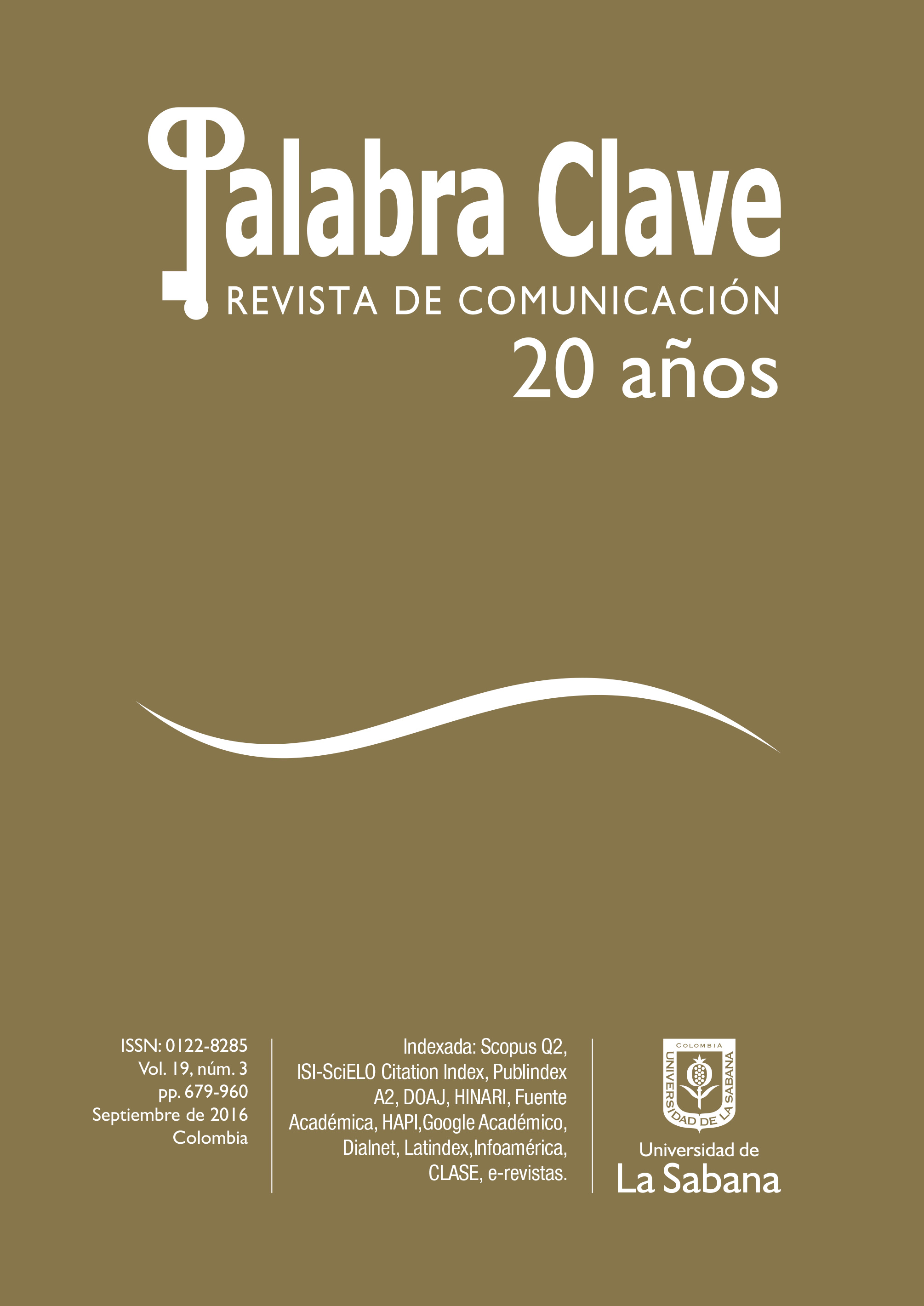Being Known as a Victim: Victims of the Colombian Armed Conflict in the Work of Copistas
Keywords:
Victims, violence, armed conflict, artistic practices, performativity, political representation (Source, Unesco Thesaurus).Abstract
Based on Copistas, a performance developed as part of “Victims in Art: Visibility and Representation Processes,” a study conducted in 2016 by Juan Carlos Arias and Jose Alejandro Lopez of the Pontificia Universidad Javeriana, this article offers a discursive analysis of the “victim” as a legal subject in Colombian Law 1448/2011, which is also known as the Victims and Land Restitution Act. It suggests the meaning of “victim” acquires significance in the tension between: 1) a state apparatus of a legal and technical-administrative nature that produces a subject who is entitled to exercise certain legal prerogatives; 2) modes of individual and collective subjectivation that are defined by the context of the victimizing situation, the psychosocial capacity to produce trauma and the tactics to construct political agency; and 3) a semiotic mechanism to regulate and standardize the expressions and narrative forms to which victims can resort. The conclusion is that error and strategic, ideological and political uses of the “victim” category are the result of performative processes that require a critique of the ways in which the victims of armed conflict are constituted.
Downloads
Published
How to Cite
Issue
Section
License
1. Proposed Policy for Journals That Offer Open Access
Authors who publish with this journal agree to the following terms:
- Authors retain copyright and grant the journal right of first publication with the work simultaneously licensed under a Creative Commons Attribution License that allows others to share the work with an acknowledgement of the work's authorship and initial publication in this journal.





